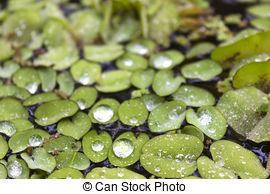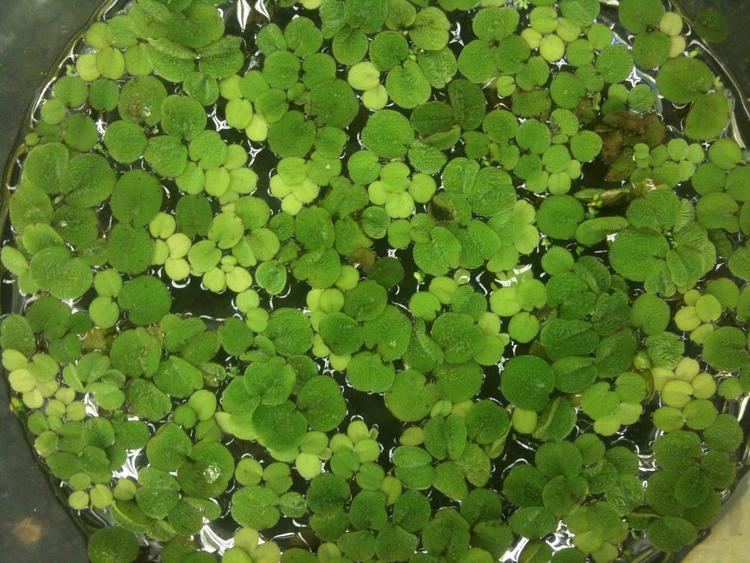Scientific name Salviniales Rank Order | Division Pteridophyta Higher classification Polypodiidae | |
 | ||
Lower classifications Mosquito ferns, Salvinia, Water clover, Marsileaceae, Rodeites | ||
The order Salviniales (formerly known as the Hydropteridales and including the former Marsileales) is an order of ferns in the class Polypodiopsida.
Contents
Description
Salviniales are all aquatic and differ from all other ferns in being heterosporous, meaning that they produce two different types of spores (megaspores and microspores) that develop into two different types of gametophytes (female and male gametophytes, respectively), and in that their gametophytes are endosporic, meaning that they never grow outside the spore wall and cannot become larger than the spores that produced them. In being heterosporus with endosporic gametophytes they are more similar to seed plants than to other ferns.

The ferns of this order vary radically in form from one another and do not look particularly fern-like. Species of the family Salviniaceae are natant (floating), while those of the family Marsileaceae are rooted. However, the natant species may temporarily grow on wet mud during times of low water, and the Marsileaceae may grow as emergent species, depending on species and location.
There is a well-known fossil member of the Marsileales, Hydropteris (incertae sedis).
Classification

In the molecular phylogenetic classification of Smith et al. in 2006, the Salviniales were placed in the leptosporangiate ferns, class Polypodiopsida. Two families, Marsileaceae and Salviniaceae, were recognized. The linear sequence of Christenhusz et al. (2011), intended for compatibility with the classification of Chase and Reveal (2009) which placed all land plants in Equisetopsida, reclassified Smith's Polypodiopsida as subclass Polypodiidae and placed the Salviniales there. The circumscription of the order and its families was not changed, and that circumscription and placement in Polypodiidae has subsequently been followed in the classifications of Christenhusz and Chase (2014) and PPG I (2016).
The likely phylogenic relationships between the two families and five genera of the Salviniales are shown in the following diagram.
